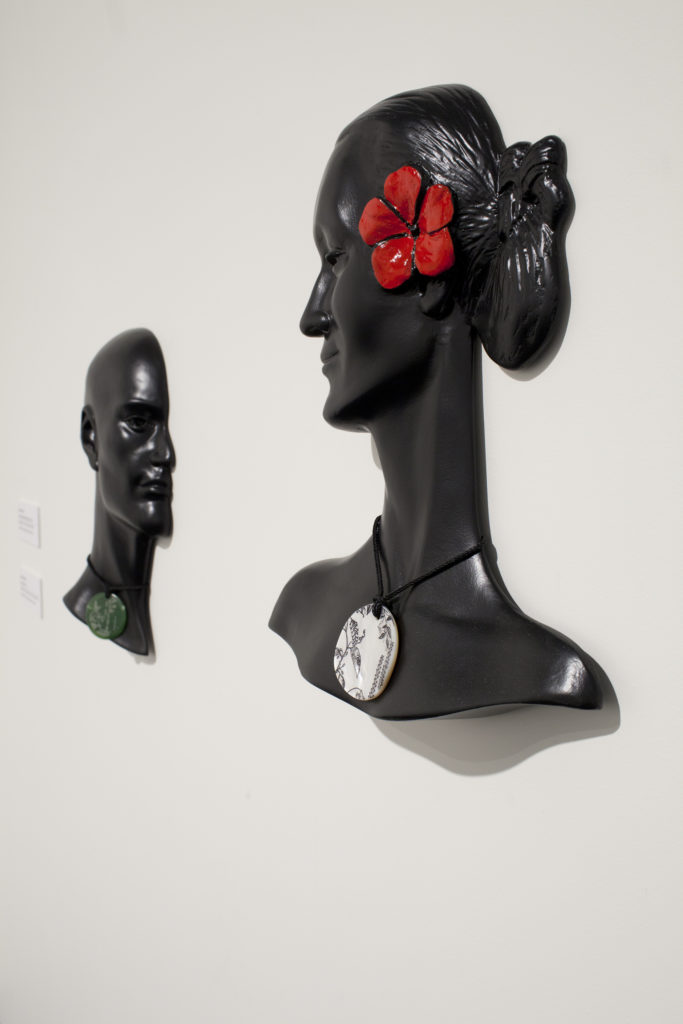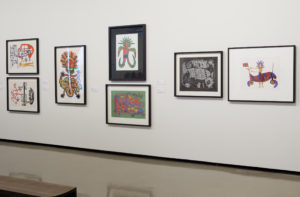ARTISTS Akis, Gretchen Albrecht, Edith Amituanai, Chris Carteris, Duncan Cole and Shigeyuki Kihara, Shane Cotton, Bill Culbert, John Drawbridge, Fatu Feu'u, Graham Fletcher, Tony Fomison, Marti Friedlander, From Scratch,Star Gossage, Shirley Grace, Brett Graham, Group of Mamas, Bill Hammond, Pat Hanly, Niki Hastings-McFall, Ralph Hotere, Michael Illingworth, Megan Jenkinson, Bale Jione, Robyn Kahukiwa, Richard Killeen, Mathias Kuage, Kuage, Len Lye, Para Matchitt, Colin McCahon, Ani O'Neill, Fiona Pardington, Michael Parekowhai, Reuben Paterson, Alan Preston, Mary Pritchard, John Pule, Rachael Rakena, Shona Rapira-Davies, Lisa Reihana, Peter Robinson, Greg Semu, Theo Schoon, Sofia Tekela Smith, Ken Thiaday Snr, Tiabe, Teuane Tibbo, Florence Tione Nei, Leba Toki, Michel Tuffrey, John Walsh, Gordon Walters, Robin White PARTNER Museum of New Zealand Te Papa Tongawera SUPPORTER Manatu Taonga Ministry for Culture and Heritage PUBLICATION texts Paula Savage, Gregory O'Brien, Nicholas Thomas, Anny Cunnane, Rueben Friend
Oceania: Imagining the Pacific is a collaborative exhibition project staged across Museum of New Zealand Te Papa Tongarewa and City Gallery Wellington. Comprising two complementary shows, it explores the richness of Māori, Pacific, and Pākehā cultures.
Oceania: Early Encounters at Te Papa is the historical component. With work from the late eighteenth to the early twentieth centuries, it showcases creations of encounter that arise from the European exploration of the Pacific, and, inversely, the Pacific’s discovery of Europe. Incorporating historical material, it sets to redefine the static museological procedures of itemising culture. It defines this history as one of encounter and adaption, exchange and innovation.
The City Gallery show considers current realities. Oceania: Imagining the Pacific presents modern and contemporary art from around the Pacific. It explores and celebrates the ways recent artists have revisited and revitalised traditions through fresh and inventive strategies.
The show is diverse and encompassing. A modern tivaevae made from brightly dyed cottons, Ina and the Shark (1980), made by Group of Mamas, depicts the story of a girl who rides a shark to meet her beloved. Shona Rapira Davies’s famous ceramic sculpture, Ngā Morehu (1988), represents the karanga call on the marae.
There’s an impressive body of work by Papa New Guinean artist Mathias Kauage. His Highland identity and sense of belonging is embodied in his bright figures in Chime costumes. His work comes to terms with Australian colonialism and the social realities it brings for indigenous peoples. On the other hand, Len Lye and Gordon Walters are Pākehā ‘primitivists’, whose art takes inspiration from local indigenous traditions.
Ralph Hotere’s masterpiece Black Pheonix (1984–8) references migration and rebirth with moving symbolism. The blackened prow of a burnt boat and its erected boards allude both to the transitory nature of voyaging and the rootedness of pā. In contrast, Bill Culbert's Spacific Plastics (2001) is a collection of illuminated plastics and Tupperware arranged island-like on the North Gallery floor. It confronts viewers with the issue of the man-made plastic island of rubbish that floats north of Hawai’i.
Staged photos by Lisa Reihana, Shigeyuki Kihara, and Greg Semu rehabilitate and empower the indigenous subject. Edith Amituanai, on the other hand, creates careful documentary studies of prosaic interiors and family scenes, drawing attention to diasporic Pacific Island communities.
The Oceania shows coincide with the Rugby World Cup and the Real New Zealand Festival that caters to the international visitors it brings. As Rebecca Rice writes for the Sunday Star Times, ‘Its inclusion of treasures seldom seen and newly acquired works provide an opportunity to reflect upon what it means to live here now, in light of cultural traffic that has brought us to this moment.’

















































































































